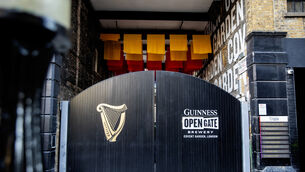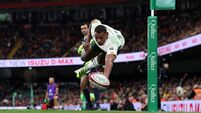GDP growth to miss target by half, EC forecasts

It says people will not spend as much or cut back on saving to the extent that the Government had factored into its growth forecast of 1.75%, and the Commission lowered its growth expectation to 0.9%.
Income will also be lower than expected over the following years because of lower fees from the bank guarantee scheme as the banks are restructured and a smaller dividend from state bodies after frontloading in 2011.
















